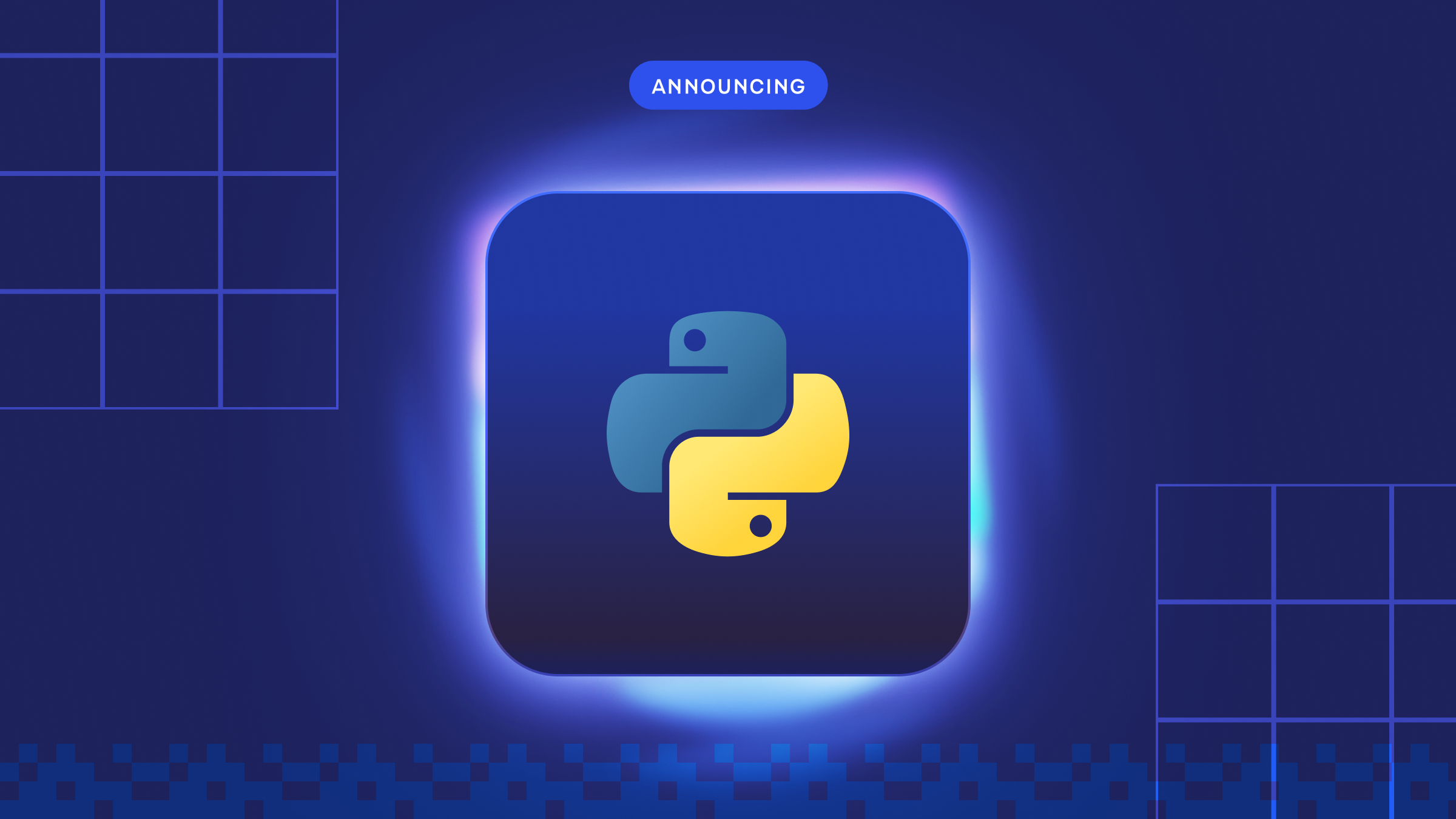Python is one of the most popular programming languages today, known for its simplicity, versatility, and ease of use. Whether you’re a beginner to programming or looking to expand your skills, Python is an excellent language to learn. In this guide, we’ll cover the basics of Python, common use cases, and tips for getting started.
1. What is Python?
Python is a high-level, interpreted programming language known for its readability and simplicity. It was created by Guido van Rossum in the late 1980s and was officially released in 1991. Python’s syntax is designed to be clean and easy to understand, making it a great choice for beginners and experts alike.
2. Why Python?
Python is incredibly versatile and can be used for a variety of applications, including:
- Web Development: Frameworks like Django and Flask make it easy to build robust web applications.
- Data Science: Libraries like Pandas, NumPy, and Matplotlib help with data analysis, visualization, and machine learning.
- Automation: Python scripts can automate repetitive tasks like web scraping, file management, and system monitoring.
- Game Development: Python is also used in developing games with libraries like Pygame.
- Artificial Intelligence: Python is widely used in AI and machine learning, with libraries like TensorFlow and Keras.
- Desktop Applications: Tools like Tkinter can be used to build graphical user interface (GUI) applications.
3. Python Syntax and Basics
Python’s syntax is clean and easy to understand. Here are some fundamental concepts to help you get started:
- Variables: In Python, variables are used to store data. You don’t need to explicitly declare a variable type (Python does it automatically).
x = 10 name = "John" - Data Types: Python supports various data types such as integers, floating-point numbers, strings, lists, tuples, sets, and dictionaries.
integer = 5 decimal = 10.5 text = "Hello, World!" - Control Structures: Python uses if-else statements for conditional logic and for and while loops for iteration.
if x > 5: print("Greater than 5") else: print("Less than or equal to 5") - Functions: Functions in Python are defined using the
defkeyword.def greet(name): return "Hello, " + name
4. Python Libraries and Frameworks
One of Python’s greatest strengths is its rich ecosystem of libraries and frameworks. Here are some of the most commonly used ones:
- NumPy: Used for numerical computing and working with arrays and matrices.
- Pandas: Ideal for data manipulation and analysis, especially with large datasets.
- Matplotlib: A plotting library used for creating static, animated, and interactive visualizations.
- Django/Flask: These web frameworks make web development more manageable.
- TensorFlow/Keras: Widely used libraries for machine learning and deep learning.
- BeautifulSoup/Scrapy: Tools for web scraping and data extraction from websites.
5. Writing Your First Python Program
To get started with Python, you’ll need to install it on your computer. Once installed, you can write your first Python program. Here’s a simple “Hello, World!” program:
print("Hello, World!")
Running this program will output:
Hello, World!
6. IDEs for Python
While you can write Python code in any text editor, using an integrated development environment (IDE) can make coding much easier. Popular Python IDEs include:
- PyCharm: A powerful IDE designed specifically for Python.
- VS Code: A lightweight, customizable code editor with great Python support.
- Jupyter Notebooks: Great for data science and machine learning projects.
7. Python in Data Science and Machine Learning
Python’s dominance in the data science and machine learning fields is undeniable. With libraries like Pandas, NumPy, Matplotlib, and Scikit-learn, Python has become the go-to language for analyzing data and building machine learning models. The language’s simplicity and powerful libraries make it an excellent choice for both beginners and experts in AI.
8. Python Tips and Best Practices
- Write Readable Code: Python emphasizes readability. Use proper indentation and meaningful variable names.
- Use List Comprehensions: Instead of writing lengthy loops, list comprehensions are concise and efficient.
- Avoid Global Variables: Limit the use of global variables to keep code modular and easy to debug.
- Practice Regularly: The more you practice, the better you will get at Python. Try solving problems on platforms like LeetCode or HackerRank.

